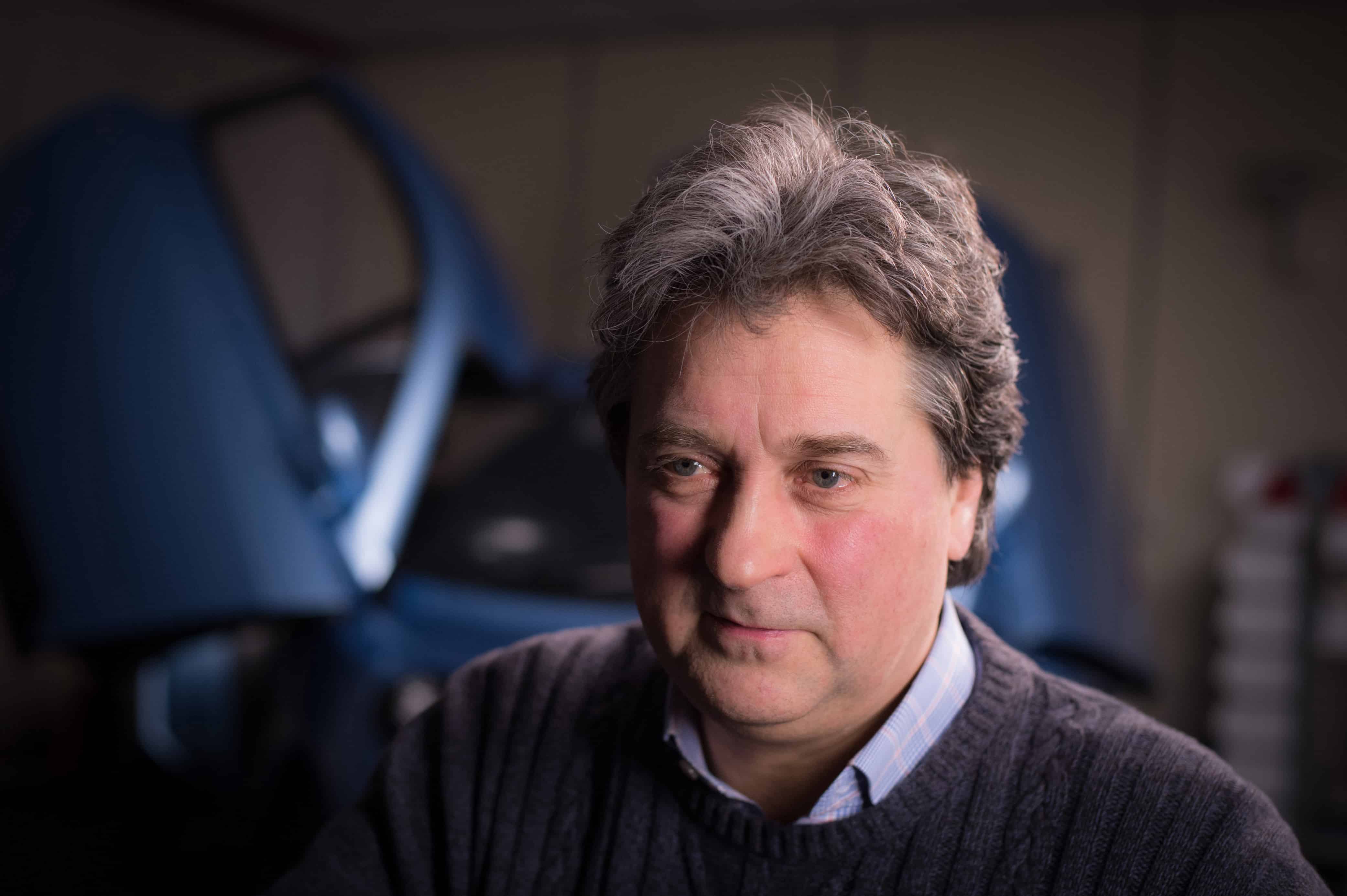Dare devil to care devil: The motor sports engineer and entrepreneur tells Jason Ford of his quest to eliminate the environmental impact of personal transport

Studied engineering science at Oxford University
1998–99 MBA, Cranfield University
1984–96 Founded Prowess Racing
2001 Founded OSCar Automotive, which became Riversimple in 2007
2016 Revealed first engineering prototype of the Rasa fuel cell electric vehicle
Hugo Spowers intends to manufacture 5,000 cars a year but he has no intention of selling them.
Instead, the charismatic motor sports engineer and entrepreneur proposes a sale of service model that involves the payment of a fixed monthly fee and mileage allowance in return for repairs, maintenance, insurance and fuel expenses.
This may sound like a risky strategy but Spowers is used to taking calculated risks. While at university, he was a member of the Dangerous Sports Club and was credited with undertaking the first headfirst bungee jump, as well as accompanying a grand piano fitted with skis down the slopes of St Moritz. He followed this by founding Prowess Racing, a venture that designed and built racing cars. The company also restored historic cars but, by the mid-1990s, Spowers had reached the conclusion internal combustion engines should be phased out and replaced with more environmentally benign alternatives.
Register now to continue reading
Thanks for visiting The Engineer. You’ve now reached your monthly limit of news stories. Register for free to unlock unlimited access to all of our news coverage, as well as premium content including opinion, in-depth features and special reports.
Benefits of registering
-
In-depth insights and coverage of key emerging trends
-
Unrestricted access to special reports throughout the year
-
Daily technology news delivered straight to your inbox










Water Sector Talent Exodus Could Cripple The Sector
Maybe if things are essential for the running of a country and we want to pay a fair price we should be running these utilities on a not for profit...